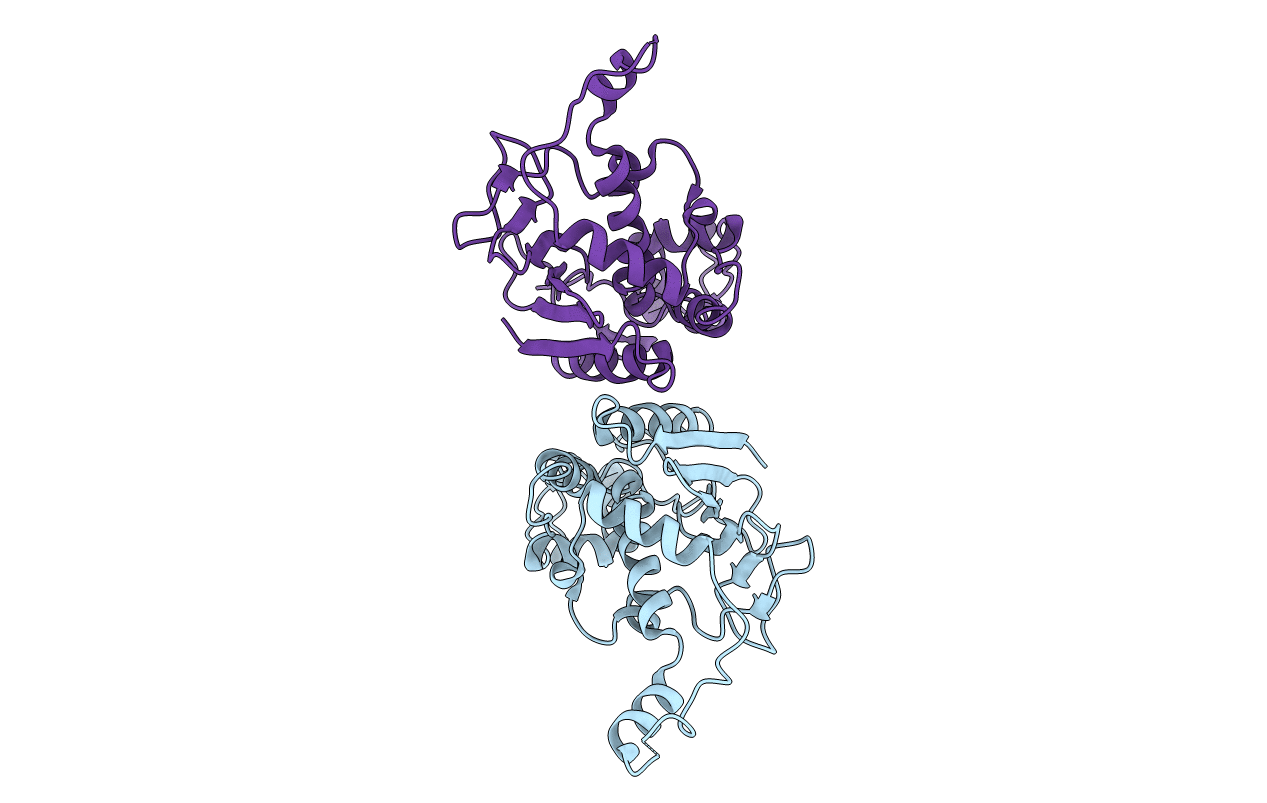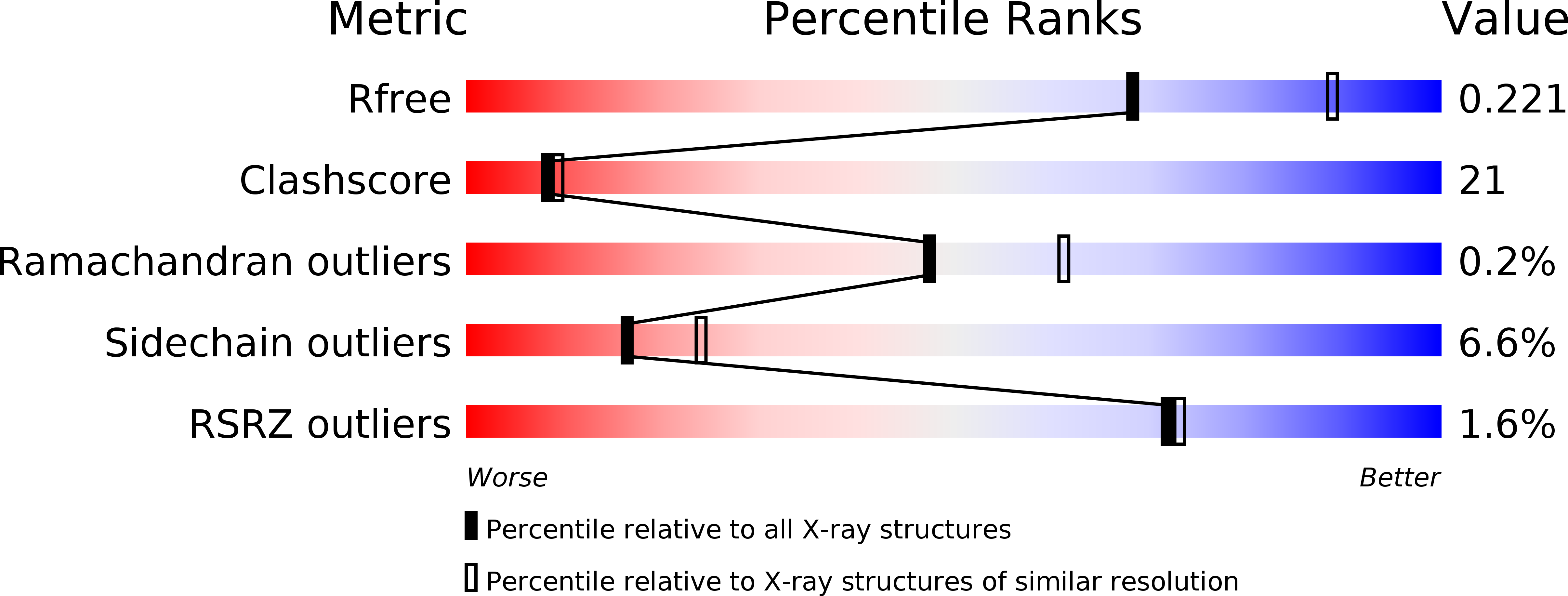
Deposition Date
2007-05-02
Release Date
2008-02-19
Last Version Date
2023-08-30
Entry Detail
PDB ID:
2PQG
Keywords:
Title:
Crystal structure of inactive ribosome inactivating protein from maize (b-32)
Biological Source:
Host Organism:
Method Details:
Experimental Method:
Resolution:
2.38 Å
R-Value Free:
0.22
R-Value Work:
0.21
R-Value Observed:
0.22
Space Group:
P 1 21 1


